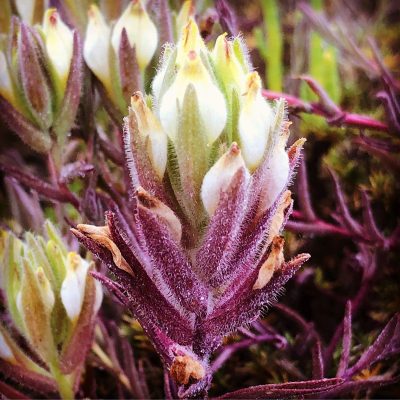The Management Strategic Plan framework focuses on rare plants on conserved lands in western San Diego County, California.
The Conservation Biology Institute (CBI) and AECOM Technical Services, Inc. (AECOM) worked with the San Diego Management and Monitoring Program (SDMMP) and other regional partners to prepare a Framework Rare Plant Management Plan (F-RPMP) for Management Strategic Plan (MSP) rare plants in the Management Strategic Planning Area (MSPA) in San Diego County, California. MSP rare plants are covered species under one or more regional Natural Community Conservation Plans (NCCPs).
The plan provides the framework to manage MSP rare plants on conserved lands in western San Diego County. Plan recommendations are consistent with the intent of regional NCCPs. In addition, they align directly with goals, objectives, and actions in the regional Management and Monitoring Strategic Plan for Conserved Lands in Western San Diego County: A Strategic Habitat Conservation Roadmap (MSP Roadmap), and are informed by regional and preserve-specific monitoring data and studies.
The F-RPMP includes a general section and species-specific sections or chapters. In the general section, we discuss (1) the relationship of this plan to the MSP Roadmap and other regional plans, (2) the overall approach to rare plant management in the region, and (3) key factors for managing rare plants, including monitoring, research, management priorities and strategies, Best Management Practices, and potential sources of funding for management. Guidelines or recommendations in the general section are widely applicable to all MSP rare plants.
The species-specific section includes chapters for four MSP rare plants (MSP target plants): Acanthomintha ilicifolia (San Diego thornmint), Acmispon prostratus (Nuttall’s acmispon), Chloropyron maritimum ssp. maritimum (Salt marsh bird’s-beak), and Deinandra conjugens (Otay tarplant).
The species chapters summarize information relevant to each target plant, including goals and objectives per the MSP Roadmap, life history and ecological information, status and trends, threats and stressors, genetic considerations, and regional population structure. We identify management priorities and recommendations, compile species-specific BMPs, and identify additional research needs for each target species. The SDMMP intends to prepare chapters for additional MSP rare plants in the future.



